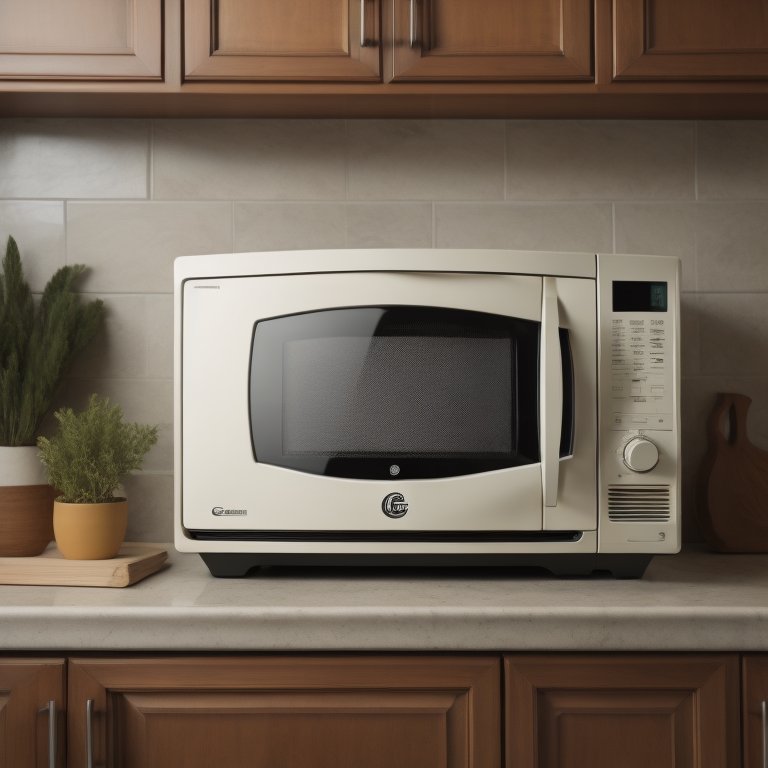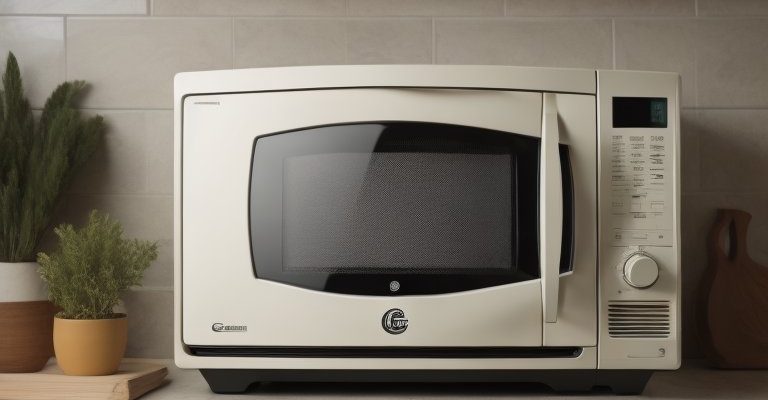
The “SE” error code on a GE microwave often signifies a problem related to the touchpad or control board. In simpler terms, it’s like when the remote control for your TV isn’t working right—it might be sticky buttons or something more intricate within the electronics. But don’t worry, with a bit of understanding and a few preventive measures, you can escape this mechanical mystery and keep your microwave running smoothly, just like knowing how to stop a leaky faucet before it turns into a flood.
Understanding the SE Error Code
To really get to the bottom of this issue, it helps to know what the “SE” error code actually stands for. “SE” usually indicates a “Sensor Error” or “Key Short Error.” Essentially, it means the microwave’s touchpad is receiving a signal it shouldn’t, much like when your computer mouse moves on its own because of some unwanted interference. This might happen due to moisture, spillage, or even grime buildup over time.
Imagine if you left a sticky substance on your TV remote buttons; over time, those buttons might start to stick or send mixed signals to your TV. Similarly, if moisture or food particles sneak into the microwave’s touchpad, they can create connectivity issues, leading to this error. Recognizing this connection is the first step in ensuring your microwave doesn’t flash that error code again.
Taking preventive measures such as regularly cleaning and drying the area around your microwave’s touchpad can significantly reduce the likelihood of experiencing this error. Just a little regular maintenance, akin to wiping down your kitchen countertops, can make a substantial difference in maintaining your microwave’s health.
Common Causes of the SE Error Code
Knowing what causes the SE error is essential in understanding how to prevent it. Primarily, this error is caused by problems with the microwave’s touchpad or control board. Consider how a sticky note might lose its stickiness if it gets wet or dirty; similarly, moisture or dirt on the control panel can lead to erroneous signals. Over time, even the steam and heat from cooking can work their way into sensitive areas, leading to the SE error.
Frequently, users might unknowingly trap small particles or drips behind the touchpad if spillages aren’t promptly cleaned. This is especially true if you’re in the habit of multitasking while cooking or heating food. It’s easy to overlook a small spill when you’re juggling several kitchen tasks, but these can accumulate and cause problems later.
Think of this kind of maintenance like tending to a garden—if you regularly remove weeds, you prevent them from overwhelming your plants. Similarly, keeping your microwave clean and dry stops those SE error “weeds” from taking root and causing issues.
Steps to Prevent Future Occurrences
Now that you understand what causes the SE error and how it manifests, let’s look at ways to prevent it. First, make sure to regularly clean your microwave, focusing on the touchpad and immediate surrounding areas. Use a soft, slightly damp cloth followed by a dry cloth to gently wipe away grime and moisture, as you would with a mirror or a delicate piece of furniture.
Moreover, it’s crucial to address any spills immediately. Picture a tiny crumb left on the kitchen floor that eventually attracts a whole colony of ants; similarly, even small spills can lead to larger problems if unattended. Ensure your microwave’s touchpad remains free from obstructions and moisture by taking immediate action—this small effort can prevent big hassles down the line.
To further protect your microwave, consider keeping it in a well-ventilated area of your kitchen where steam and moisture can dissipate quickly. Allow the microwave to rest after each use before closing the door, giving it time to dry out any accumulated moisture. Think of it like letting your sneakers dry out after a rainy day to prevent mold or odors.
Regular Maintenance and Inspection
Regularly inspect your microwave for any signs of wear or tear. Just as you would check a vehicle’s oil and tires, keeping an eye on your microwave can catch issues before they become bigger problems. Look for any signs of damage on the touchpad or any unusual sounds or behaviors when the microwave is in use.
Periodic professional maintenance can be beneficial, especially if you notice recurring issues. A professional technician can delve into the microwave’s inner workings, much like a doctor checking vital signs, ensuring long-term efficiency and effectiveness.
By incorporating these practices into your routine, you’ll not only prevent the SE error but also extend the lifespan of your microwave. This commitment to care makes the difference between regular repairs and a hassle-free, functional kitchen appliance.
In conclusion, while the SE error in GE microwaves can be a nuisance, understanding its causes and taking proactive steps can prevent it from disrupting your kitchen routine. Like any other household appliance, a little care and attention to detail can keep your microwave running smoothly, ensuring it remains a trusty companion for your quick meal needs. So, roll up those sleeves and give your microwave the TLC it deserves!
